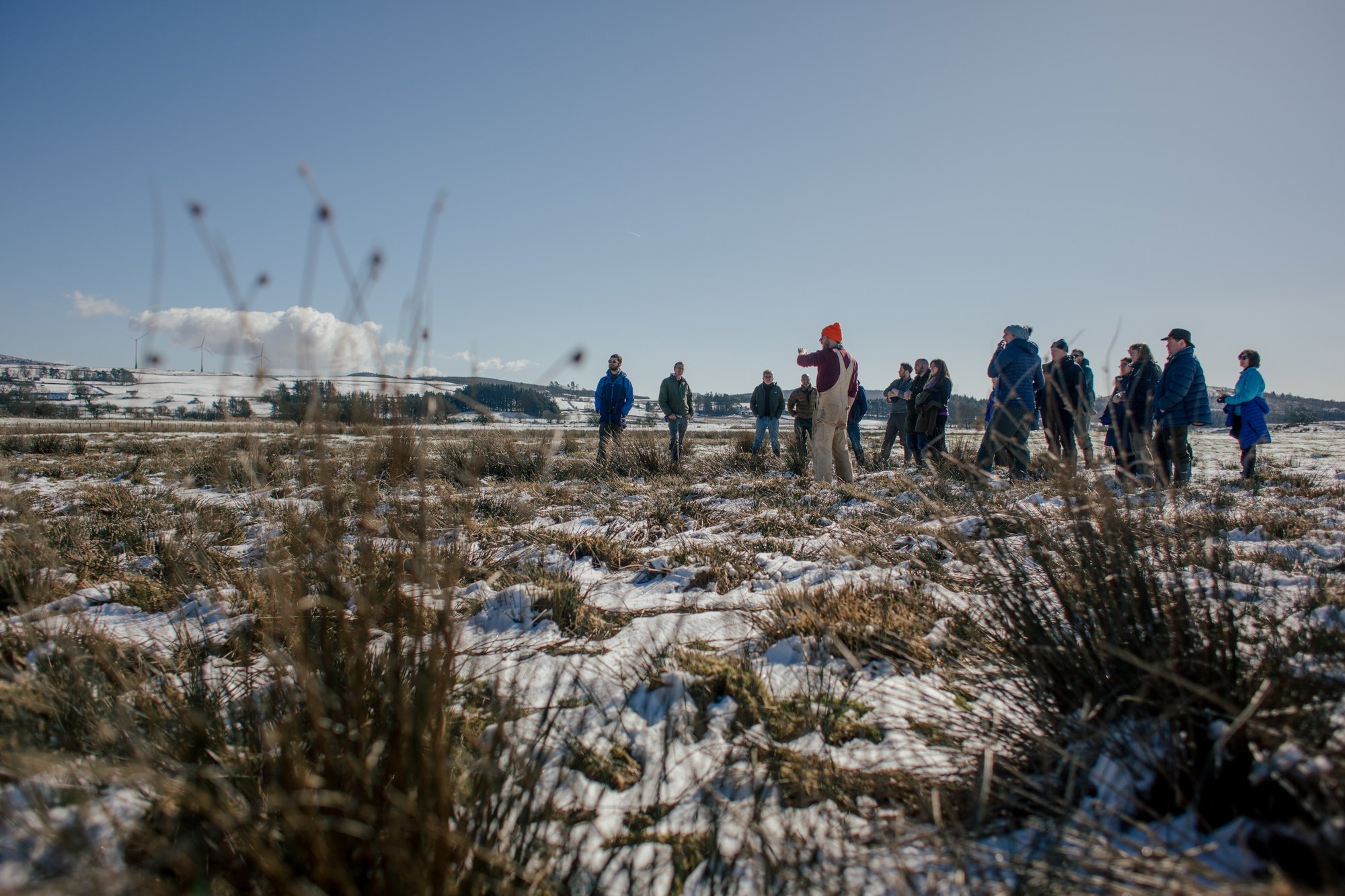Funding Wader Conservation - Events
While lots of good work for waders is delivered through agri-environment schemes in Scotland, there’s room to improve this funding mechanism. Some of the options available under AECS (agri-environment and Climate Scheme) attempt to impose a one-size-fits-all approach across complex and varied landscapes in Scotland, and techniques which work in some parts of the country may not be successful in another. Net gains for biodiversity are likely to be positive, but it’s still not clear how to focus these payments to support wader productivity in particular. There are bigger conversations to have about the future of support for agri-environment schemes in Scotland, but Working for Waders is well placed to focus on specific issues around wader conservation in the meantime.
Over the last fortnight, Working for Waders has been focussed upon running two events for farm advisors and consultants about wader conservation and agri-environment schemes. Using these events as listening exercises, it’s important to understand and gather real-life experiences of working with AECS, and it’s clear that consultants and advisors are well placed to drive that conversation forwards.
The first event was held at Lower Porterbelly Farm near Dalbeattie on a 30Ha patch of wet grassland favoured by curlews. This land has recently changed ownership, and advisors were asked to suggest management techniques to suit waders which might also work alongside the successful running of a new farm business. Conversation was complex and varied - there are many ways to deliver improvements for curlews, but not all are catered for by existing funding streams.
In terms of wader scrapes, rush topping and cattle management, AECS certainly provides a support mechanism to ensure that management for waders does not incur financial loss, but it does fall short of providing an incentive to engage. In that sense, AECS might be a helpful tool to deliver work that’s already wanted - but it’s almost an irrelevance to farmers who are not interested in wading birds. Elsewhere, conversation touched on predator control, and how this crucial strand of wader conservation work can be paid for.
The second event was held at Knockbain Farm above Dingwall. Here, attendees were invited to walk and talk across a well-established lapwing conservation project masterminded by farmland conservation advisor Richard Lockett. Richard has accessed various funds to deliver this exciting and successful work, but much of it has been delivered through Richard’s inherent enthusiasm. In that sense, AECS helped him deliver outcomes which might have been delivered anyway through other funding sources. Conversation ranged from the length of existing schemes, the difficulty of applying for support and the technical detail required to lodge a successful application. There is a perception that AECS represents a lot of bureaucratic legwork, and this may be a deterrent to potential applicants. Other models for wader funding were discussed, including “dream scenarios” where farmers could have greater agency over conservation work carried out on their land.
Both sessions were followed by a presentation on RSPB Scotland’s work into the efficacy of AECS schemes for waders. This ongoing piece of work has revealed strengths and weaknesses in funding to support wading birds, and it has also led to discussions about alternative options and funding streams to support the kind of innovative, bottom-up ideas which are currently being piloted.
The events highlighted a number of strengths and weaknesses for wader conservation delivered through agri-environmental support, and there is now an opportunity to digest and process some of the feedback so that it can be passed back to policymakers.
Pic: Rush management for curlews at Lower Porterbelly Farm - 10/3/23 - Kirk Norbury

